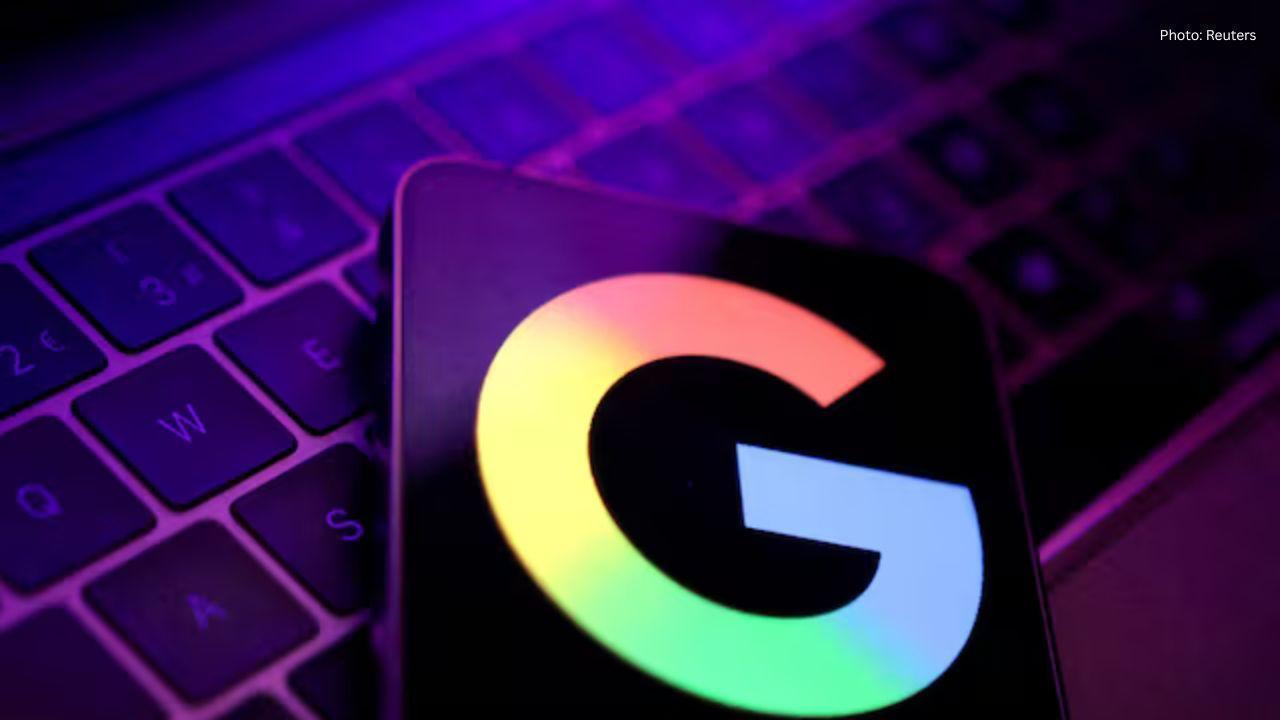
Post by : Amit
Photo : X / Android Police
Google Maps users around the world found themselves fumbling with their phones to control navigation audio—only to discover the familiar in-app audio toggle had vanished. The change was first reported on Android devices after a quiet app update rolled out earlier this month. But just as quickly as the issue arose, Google reversed course and clarified that the removal was unintentional—a bug, not a feature. The audio control has since been restored in the app, following what the company now calls an "accidental rollout."
Yet, the brief removal was enough to trigger a storm of complaints across Reddit, X (formerly Twitter), and Android forums, highlighting just how vital seamless user experience is—especially in apps we rely on while driving.
The Disappearing Audio Button: What Changed?
For years, Google Maps featured a handy audio control button within its main navigation interface. This toggle allowed users to easily switch between “Muted,” “Alerts Only,” and “Unmuted” voice guidance while driving—without needing to dig through menus. It was a driver-friendly feature, especially for those relying on hands-free navigation.
In early July 2025, however, users on Android began reporting that this button had mysteriously disappeared after updating Google Maps. For many, this wasn’t just a UI change—it was a functional headache. The in-app button was replaced with a requirement to access audio settings through the three-dot menu, adding steps and distraction to a process that had previously taken a split second.
User Frustration Hits the Roof
While Google didn’t initially acknowledge the change, user frustration quickly mounted. Some speculated it was part of a new UI revamp, while others assumed it was another tone-deaf design choice from Big Tech. Threads flooded platforms like Reddit’s r/Android and r/GoogleMaps, where users criticized the move as unsafe and inconvenient, particularly for drivers trying to keep their eyes on the road.
One popular post read, “Why does Google always remove the useful features we actually use? This isn’t just annoying—it’s dangerous when I’m trying to mute audio while driving!”
Another user summed up the general mood: “This is why people switch to Waze.”
The intensity of the backlash showed just how deeply integrated Google Maps has become in the daily routines of commuters, delivery drivers, and travelers. For an app meant to guide people safely, ease-of-use is not a luxury—it’s a necessity.
Google’s Response: “It Was a Bug”
Following the backlash, Google finally stepped in to clarify the situation. In a statement provided to How-To Geek, a company spokesperson said:
“We are aware of a bug that inadvertently removed the audio control from the navigation interface in Google Maps. This was not an intentional change. We’ve since corrected the issue, and users should now see the audio toggle restored in the app.”
The company did not provide specific details about how the bug was introduced or how long it went unnoticed before being fixed. However, users report that the fix appears to have been rolled out via a server-side update, with no need to update the app manually.
A Broader Pattern? UI Instability in Google’s Ecosystem
While Google calls this a bug, the incident touches on a broader trend in the tech giant’s product ecosystem: frequent, unexplained UI changes that often feel like experiments at user expense. Over the past year alone, users have noticed similar issues in other apps like Google Calendar, YouTube, and even Gmail—where once-stable interfaces undergo sudden modifications, with little warning or communication.
Part of this can be attributed to Google's use of A/B testing, a common practice where different users receive different versions of a feature to compare behavior and performance. But when essential functions are removed—whether accidentally or not—the lack of transparency erodes user trust.
In the case of Google Maps, where the stakes involve driver attention and road safety, even minor tweaks can have major impacts.
Why Audio Controls Matter in Navigation
While the average smartphone app can afford to tuck away a few settings behind menus, a navigation app like Google Maps operates in real-time, high-stakes environments—specifically, behind the wheel. For millions of drivers, voice guidance is essential, offering turn-by-turn instructions without having to look at the screen.
The audio control toggle has long been one of the app’s most intuitive features. It allows for quick adjustments based on situational needs:
With this control just one tap away on the main screen, drivers can maintain focus on the road, reducing the risk of distracted driving. Its brief disappearance—and the user outcry that followed—highlights just how fundamental such controls are to the user experience and driver safety.
The Role of Predictability in UI Design
Good design is not just about aesthetics or functionality—it’s about predictability. Users form muscle memory and mental models about how apps behave. When those behaviors suddenly change without explanation, it creates friction.
In Google’s case, this small UI change reminded users that they’re not in control. Even widely used features can vanish without notice, making people feel like beta testers rather than valued users.
The psychology behind UI predictability is well documented: familiar interfaces lower cognitive load, especially in high-pressure situations like driving. Removing a key feature—even temporarily—violates that trust.
Lessons Learned
To Google’s credit, the company acted quickly to correct the issue. But the episode still offers several valuable lessons—for developers, designers, and product managers alike.
It also raises the question: Should essential controls be modular and user-configurable? Could users pin key toggles—like audio, compass orientation, or traffic overlays—based on personal preference? Offering such customization would reduce backlash during inevitable UI experiments.
A Reminder of Maps' Ubiquity—and Responsibility
With over 1 billion active users, Google Maps is arguably the most used navigation app in the world. That kind of scale brings responsibility—not just in terms of innovation but in consistency and user assurance.
When core functions change without warning, the ripple effects are far-reaching. This time, the issue was fixed quickly. But it stands as a reminder that small features aren’t always small to the people using them. They can be core to the entire product experience.
In a world of smart cars, voice assistants, and autonomous mobility on the horizon, the battle for user trust will be won not just with smarter features—but smarter design accountability.
Bug or Blunder?
In the end, the temporary removal of audio controls from Google Maps was just a bug. But its outsized reaction tells a bigger story—of how much we depend on these digital tools, and how little patience we have for unexpected friction.
Technology should empower, not confuse. Especially when it’s guiding us down unfamiliar roads. Google may have quickly corrected the course this time, but users will be watching closely the next time a “bug” feels like a broken promise.
Google Maps, Transport, Navigation










Advances in Aerospace Technology and Commercial Aviation Recovery
Insights into breakthrough aerospace technologies and commercial aviation’s recovery amid 2025 chall

Defense Modernization and Strategic Spending Trends
Explore key trends in global defense modernization and strategic military spending shaping 2025 secu

Tens of Thousands Protest in Serbia on Anniversary of Deadly Roof Collapse
Tens of thousands in Novi Sad mark a year since a deadly station roof collapse that killed 16, prote

Canada PM Carney Apologizes to Trump Over Controversial Reagan Anti-Tariff Ad
Canadian PM Mark Carney apologized to President Trump over an Ontario anti-tariff ad quoting Reagan,

The ad that stirred a hornets nest, and made Canadian PM Carney say sorry to Trump
Canadian PM Mark Carney apologizes to US President Trump after a tariff-related ad causes diplomatic

Bengaluru-Mumbai Superfast Train Approved After 30-Year Wait
Railways approves new superfast train connecting Bengaluru and Mumbai, ending a 30-year demand, easi